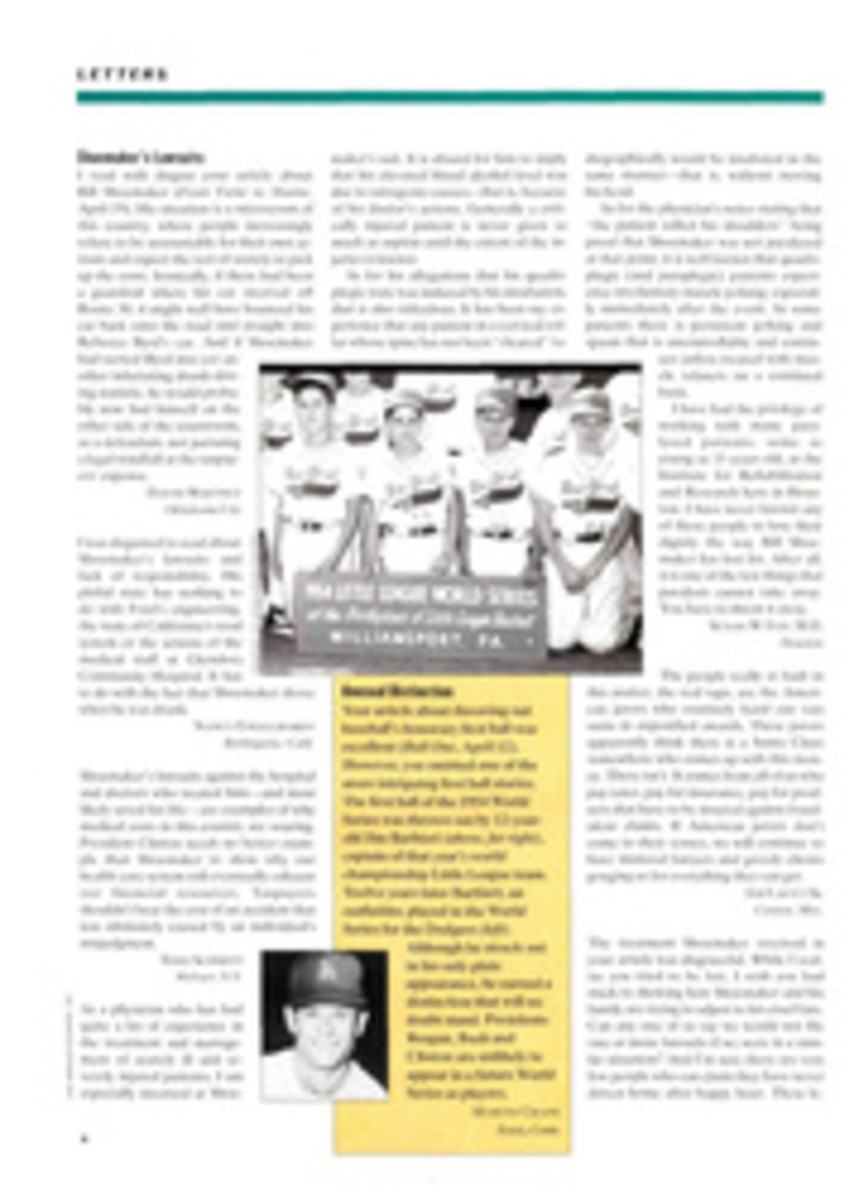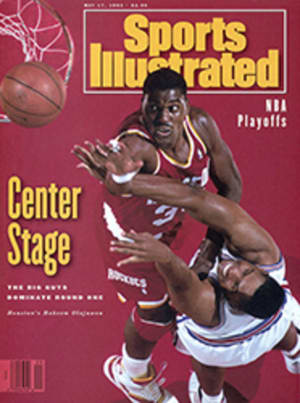
Around the Horn in 70 Days
When Rich Wilson, skipper of the Great American II, a space-age trimaran, radioed home last month from a position 70 miles from the Brazilian coast, he gave his mother, Dorothy Ann, the best news she had received in more than eight weeks: "For the first time we have Boston on our bow," he told her. "Keep the porch lights on, Mom, we're coming home."
At 3:14 p.m. on April 7, less than a week after radioing his mother, Wilson, a 43-year-old former math teacher from Marblehead, Mass., and his partner, Bill Biewenga, 45, an ocean-racing veteran from Newport, brought their high-tech fiberglass craft into Boston Harbor. By sailing nonstop for 69 days, 19 hours, Wilson and Biewenga had broken the 140-year-old San Francisco-to-Boston speed record by nearly a week. The previous record of 76 days, six hours had been set in 1853 by the celebrated clipper ship Northern Light, which was known for her speed runs during the California gold rush.
It was Northern Light's great length (200 feet) and massive sail area (approximately 20,000 square yards) that enabled her to fly over the 15,000-mile route from San Francisco around Cape Horn to Boston. Great American II, however, is only 53 feet long and, even with her 76-foot-high mast, has only one tenth of Northern Light's sail area. The French-built trimaran is also 45 feet wide, which, Wilson says, makes maneuvering her like "trying to sail a tennis court." Great American's light weight (six tons, to Northern Light's 1,021 tons) makes her lightning quick on the water—sometimes dangerously so. "The boat has an ability to accelerate much faster than you'd like," Wilson said after arriving in Boston. Keeping her speed down to between nine and 10 knots, in order not to stress the boat, wasn't always easy. "We'd get a little gust of wind," Wilson added, "and our boat speed would jump to 24 knots. It could have somersaulted."
Heavy seas around the Horn, 40-mph head winds through the Gulf Stream and a series of spring gales between Bermuda and Boston made for a dramatic last leg. Closing to within 175 miles of Boston Harbor, Biewenga reported that 30-knot winds were still piling up rough seas. "This is a really exciting ride," he said in a nighttime radio transmission. "We have three reefs in the mainsail, and our staysail is set. We have a full moon, so we can see...but we're pounding pretty hard."
There were some calmer moments, though, and during these times the sailors saw some wondrous sights, including pods of whales, and rainbows that circled the moon. Near the equator they were sprinkled with a fine brown powder, dust from the Sahara Desert that had been carried 2,000 miles by the harmattan, a wind that blows from North Africa into the Atlantic between November and March.
For Wilson these experiences were particularly satisfying. A seasoned transatlantic sailor and the first to cross the line in the 1980 Newport-to-Bermuda race, he had twice before attempted to break the San Francisco-to-Boston record. He and Steve Pettengill, also of Newport, had sailed Great American I as far as Cape Horn in 1990 before the trimaran capsized in 40-foot seas on Thanksgiving Day. A second huge wave righted the boat, but the frigid water had put the two sailors at serious risk of hypothermia. A New Zealand container ship picked up Great American's distress signal and, 15 hours later, rescued the sailors.
Then, in January, Wilson and Biewenga, a former co-owner of a Chicago concrete business who has participated in three around-the-world yacht races, were less than a day's sail from the Golden Gate Bridge when a vicious wave tore off the front of Great American II's port pontoon. After two weeks of repairs the determined duo set out again, on Jan. 27. Wilson must have offered up a prayer on his third try, because he knew just whom to credit when the sailors finally made landfall. "This time King Neptune was smiling on us," he said.
PHOTO
DANIEL FORSTER/STOCK NEWPORT
Maneuvering Great American II, Wilson said, was like "trying to sail a tennis court."

